In-stock products will arrive in 1 to 2 business days
Key Features
✓ Endotoxin Level: Determined by LAL method
✓ Purity: Determined by SDS-PAGE and quantitative densitometry by Coomassie® Blue staining
✓ Biological Activity: Yes
✓ Expression System: E. coli
Need Help Ordering?
Product Details
Storage & Preparation
Data Images
Background
Product Documents
Product Details
| Biological Activity | Determined by in-house activity assay |
| Purity | Determined by SDS-PAGE and quantitative densitometry by Coomassie® Blue staining |
| Endotoxin | Determined by LAL method |
| Expression System | E. coli. |
| Accession Number | O15520 |
| Sequence | Cys37-Ser208, with an N-terminal Met
MCQALGQDMV SPEATNSSSS SFSSPSSAGR HVRSYNHLQG DVRWRKLFSF TKYFLKIEKN GKVSGTKKEN CPYSILEITS VEIGVVAVKA INSNYYLAMN KKGKLYGSKE FNNDCKLKER IEENGYNTYA SFNWQHNGRQ MYVALNGKGA PRRGQKTRRK NTSAHFLPMV VHS |
| Molecular Weight | 19.5 kDa (predicted) |
| Formulation | Lyophilized from sterile PBS with Trehalose, pH 7.4 |
Storage & Preparation
| Shipping | Shipped at ambient temperature. |
| Stability & Storage |
|
| Reconstitution | Reconstitute at 100 ug/mL in sterile PBS. |
Data Images
Background
| Alternative Names | Fibroblast Growth Factor 10, Keratinocyte Growth Gactor 2, KGF2 |
| Function | Fibroblast Growth Factor 10 (FGF-10) is a protein involved in various developmental processes, particularly in embryogenesis and tissue regeneration. FGF-10 promotes branching morphogenesis of branched structures in several organs, including lungs, salivary glands, skin, pancreas, and mammary glands. Additionally, FGF-10 stimulates angiogenesis in during embryonic development, the maintenance of stem cell populations and facilitates tissue repair. FGF-10 primarily binds to FGF Receptor 2B (FGFR2B). |
| Tissue Specificity | Lungs, salivary glands, skin, pancreas, inner ear, prostate and mammary glands. |
| Cellular Localization | Secreted protein |
| Involvement in Disease | Aberrant FGF-10 signaling has been implicated in several lung diseases, including pulmonary fibrosis, chronic obstructive pulmonary disease (COPD), and lung cancer. Dysregulated FGF-10 expression or signaling pathways can disrupt lung development and repair processes. Elevated FGF-10 expression or aberrant activation of FGF receptors (FGFRs) have been implicated in pancreatic, breast and prostate cancer tumor growth and metastasis. |
| UniProt | O15520 |
| Gene Symbol | FGF10 |
| Entrez Gene ID | 2255 |
Product Documents
You may also be interested in related products:
Reviews (no reviews yet)
Only logged in customers who have purchased this product may leave a review.
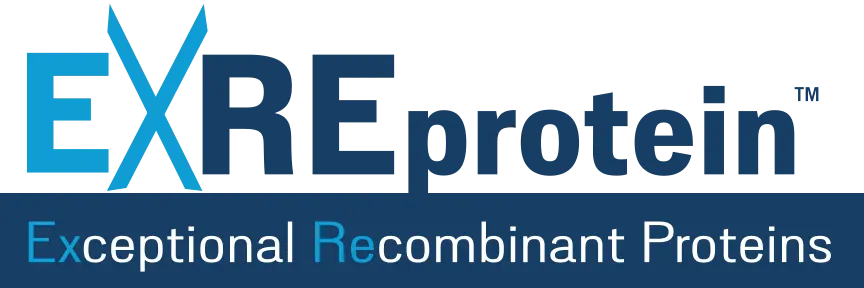


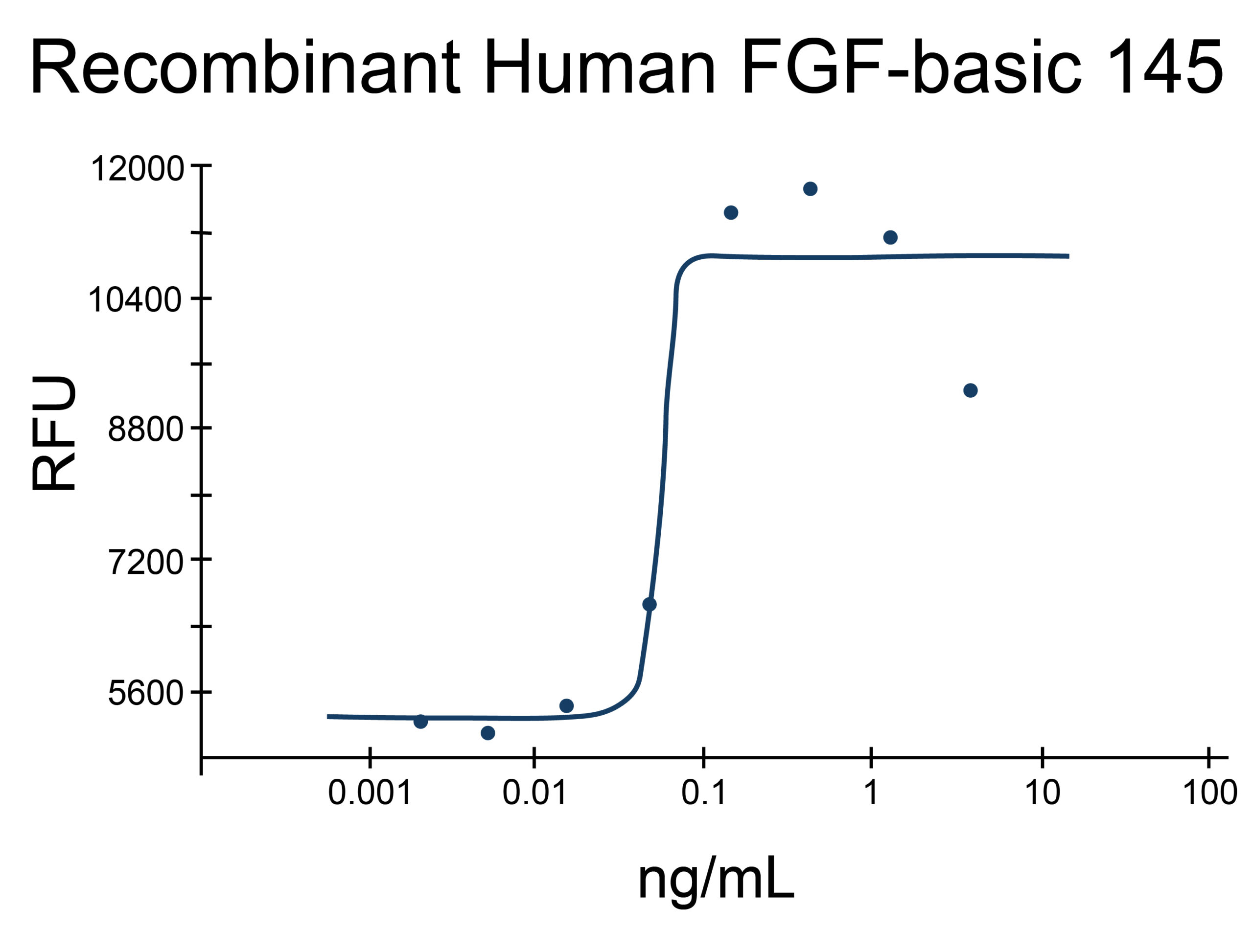
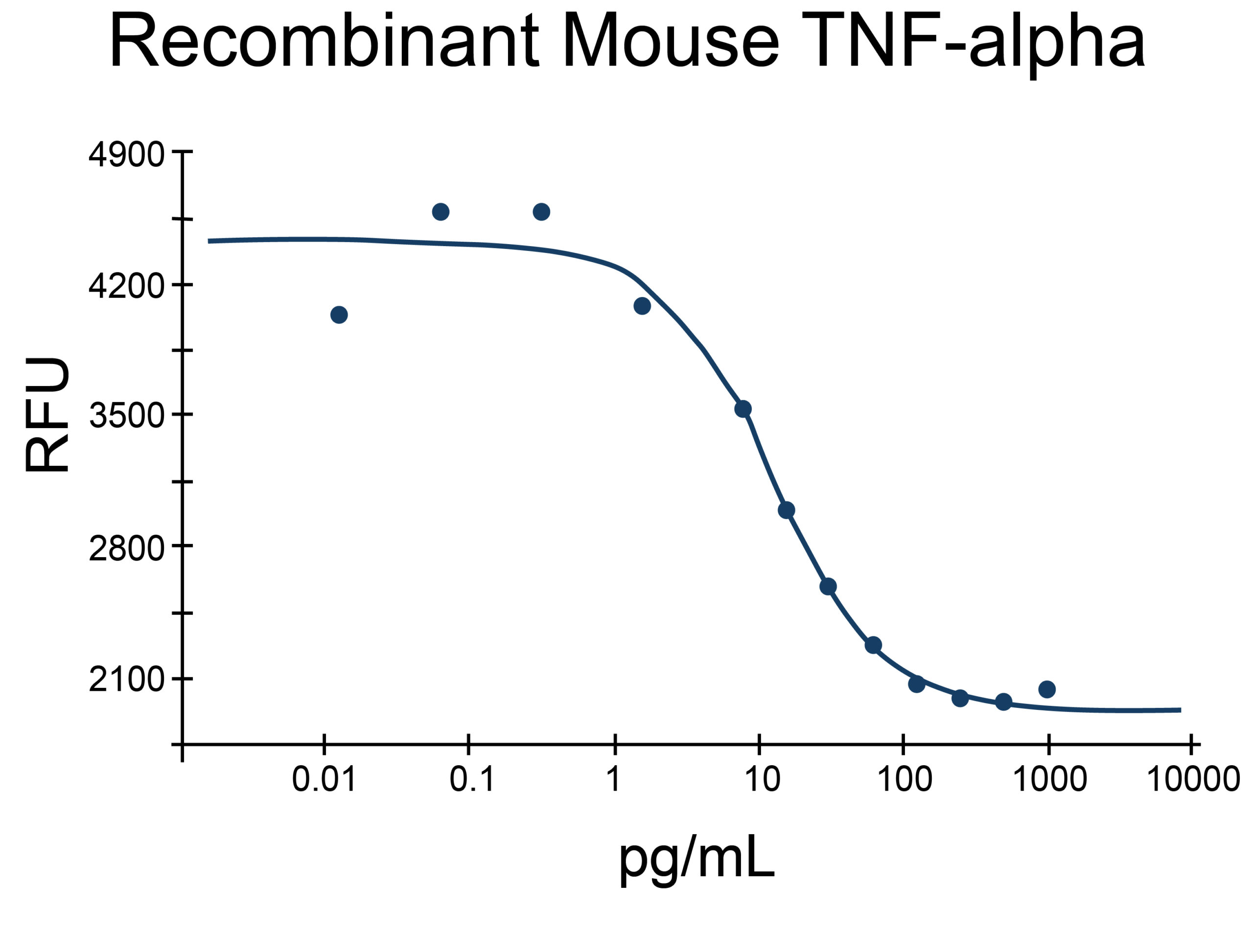
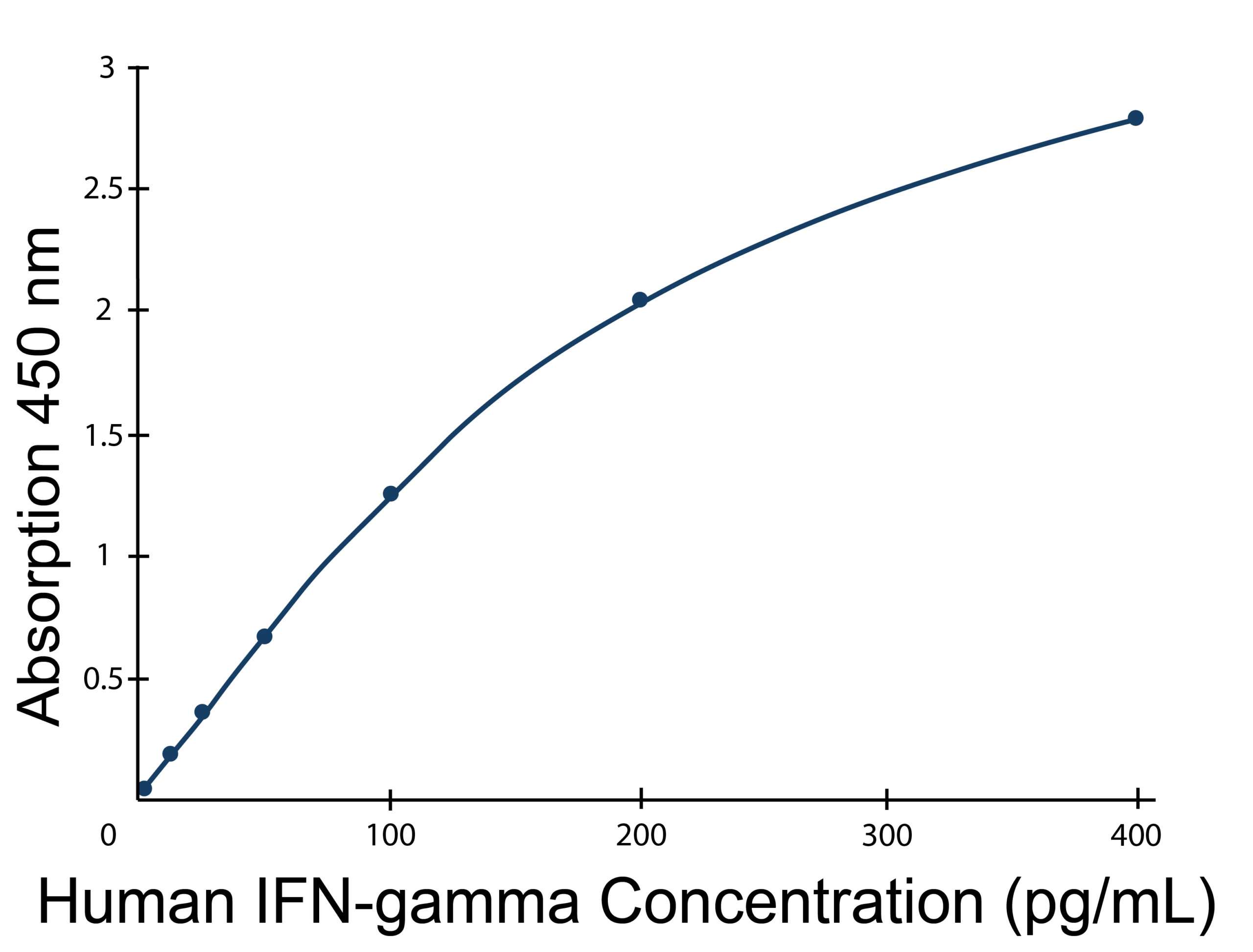
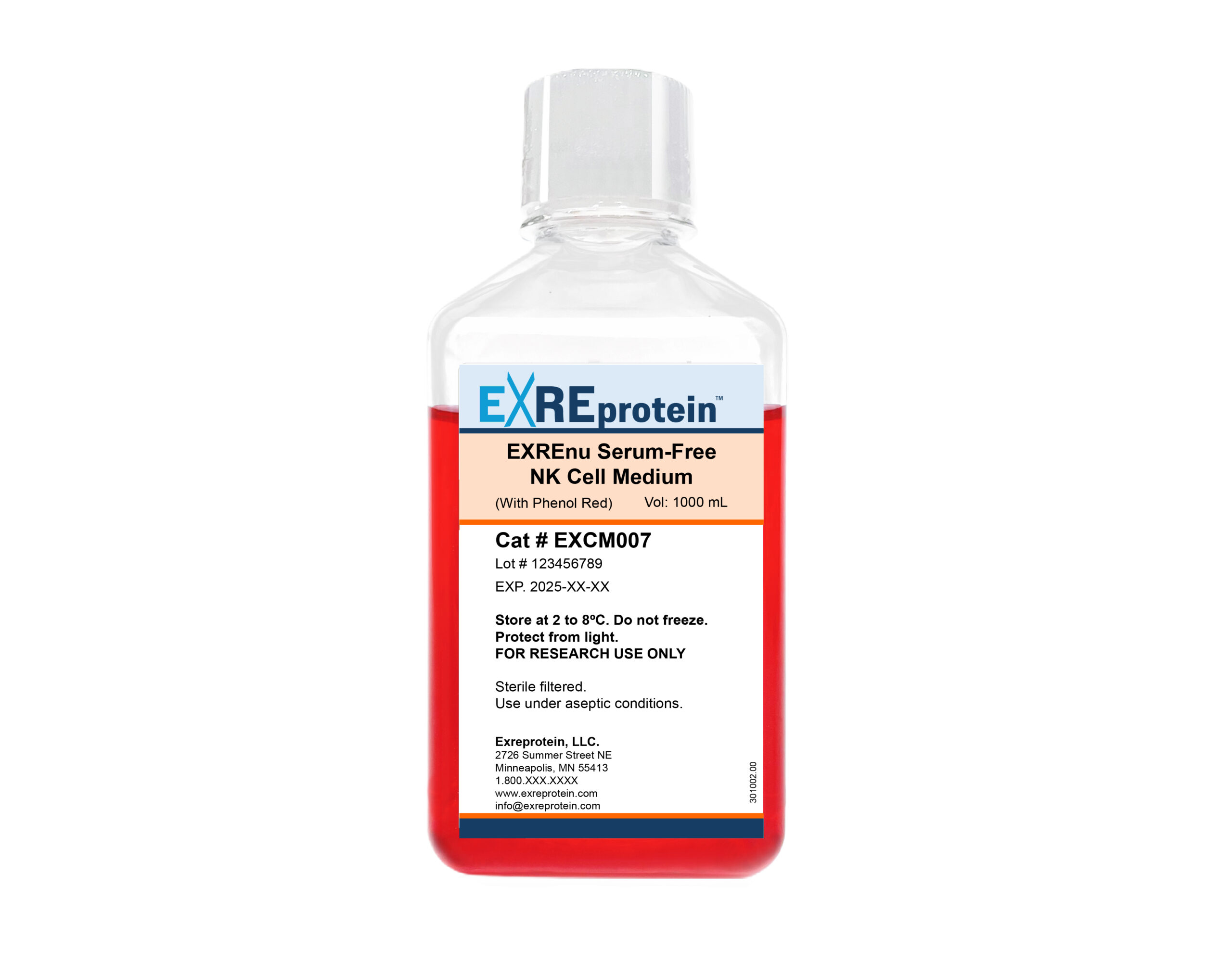
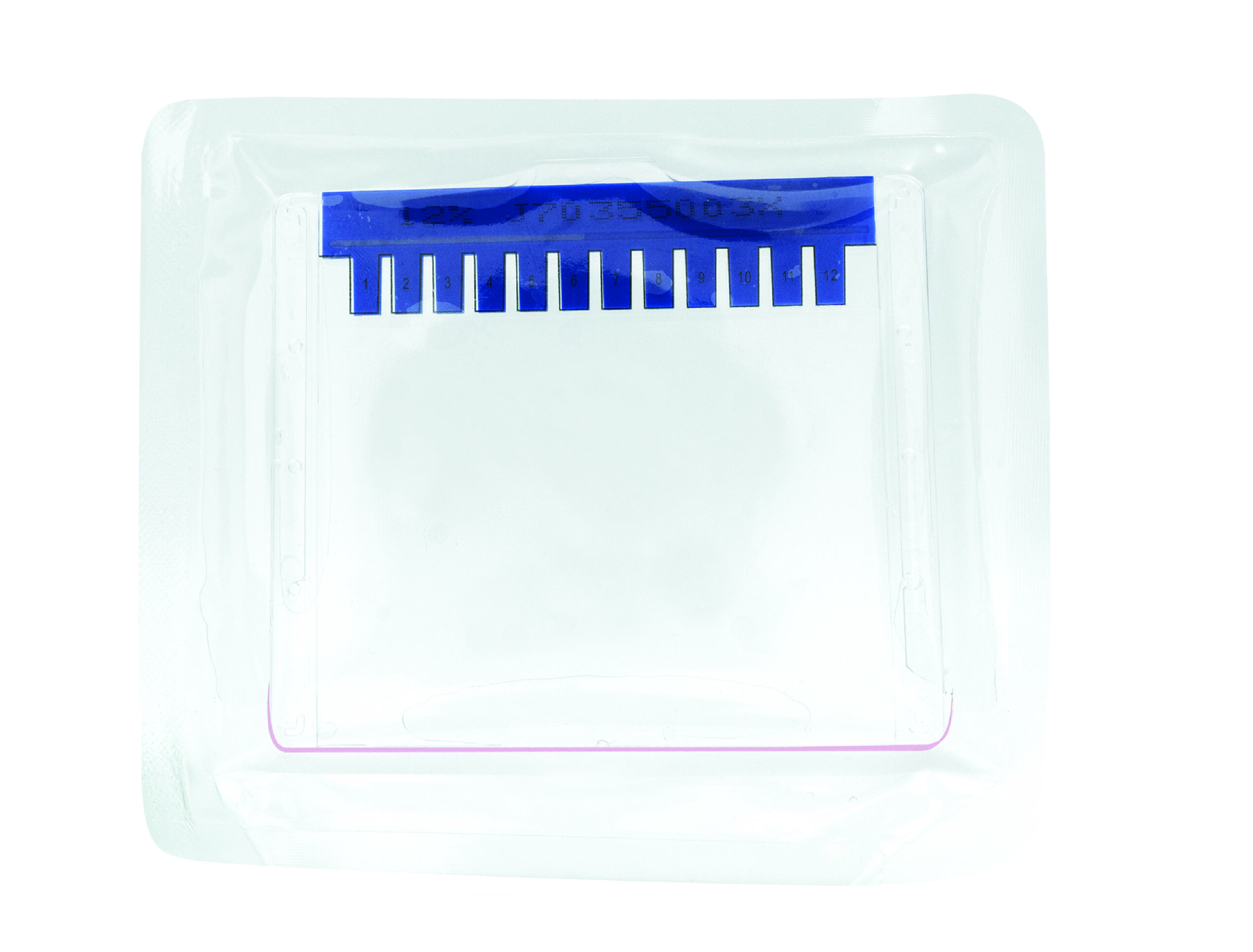
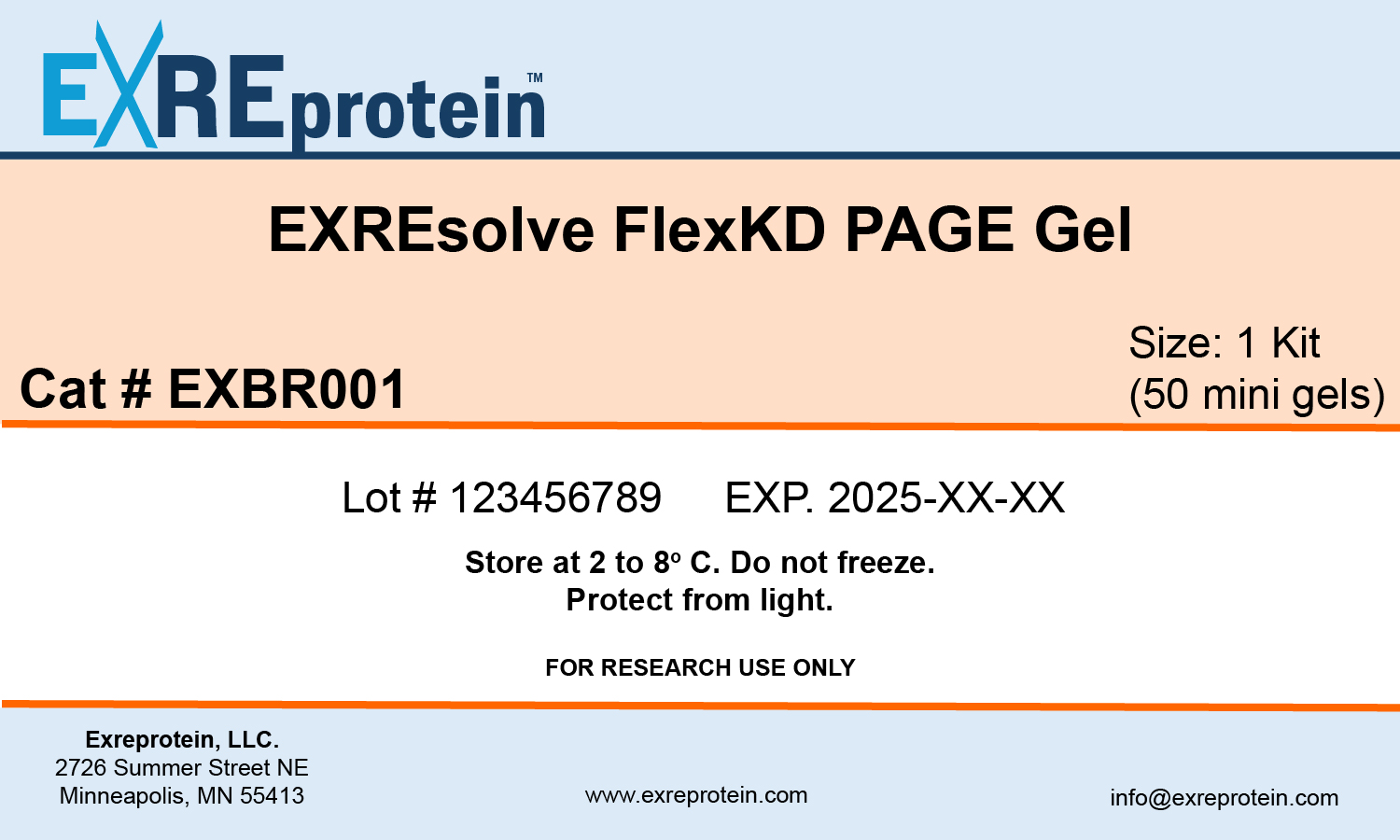
Reviews
There are no reviews yet.